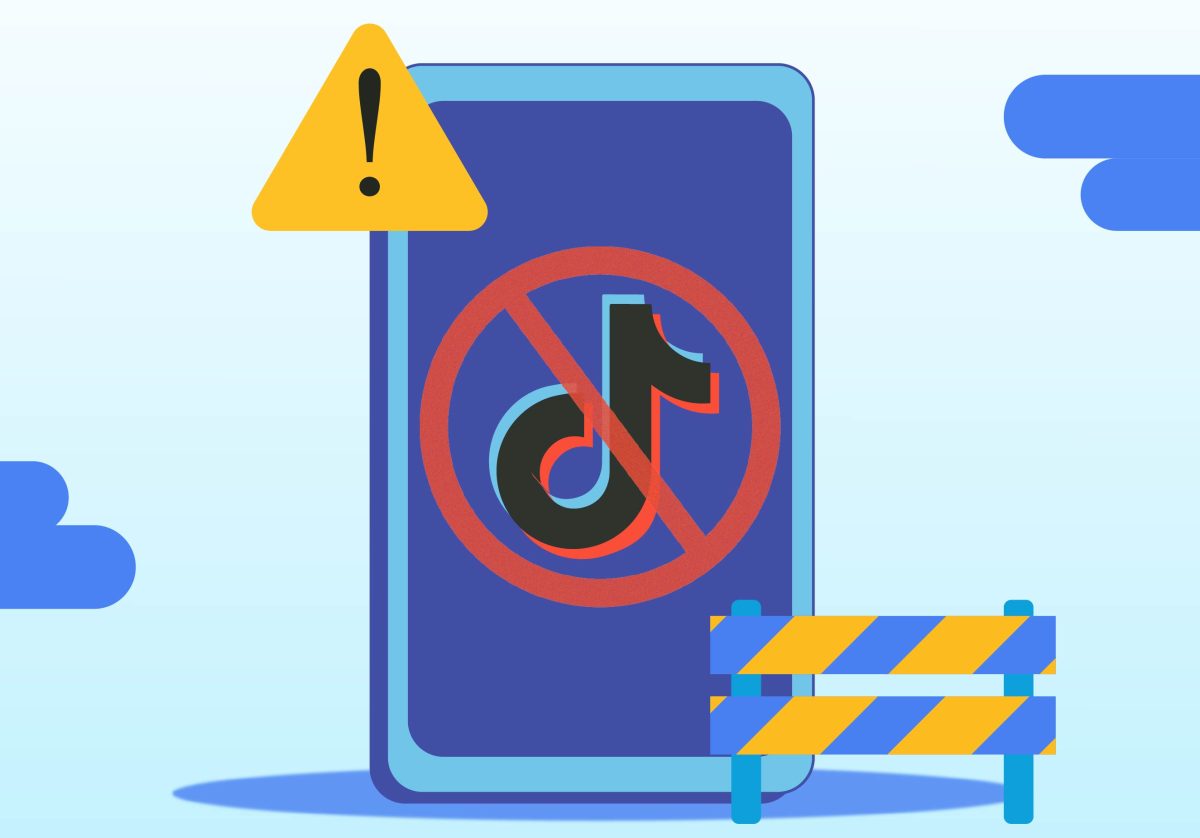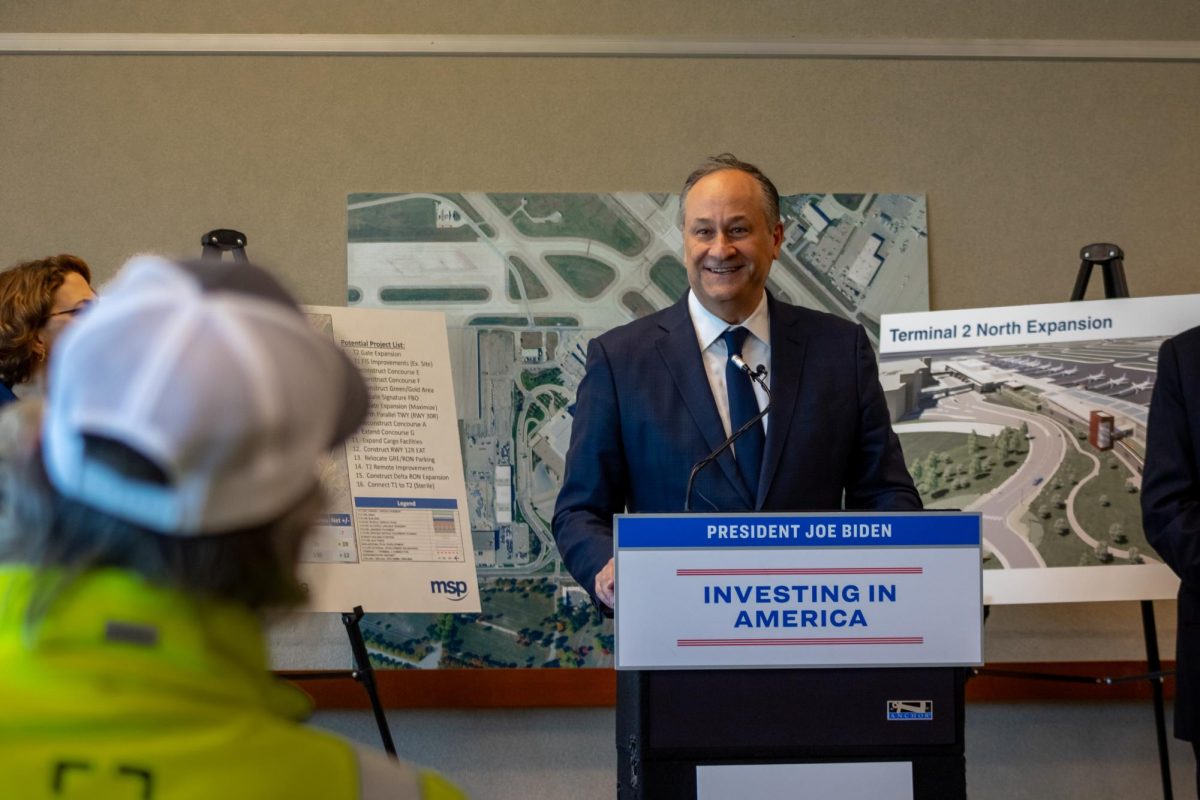MINNEAPOLIS (AP) âÄî Nearly three months after a federal deadline to make public swimming pools safer, many have yet to be fitted with equipment aimed at keeping children safe from the powerful and sometimes deadly suction of drains. Industry groups say public pools were given too little time to comply, and manufacturers of drain covers and pumps weren’t able to keep up with heavy demand from the new law. The high cost of retrofitting some pools has also been a problem, along with some state and local officials still trying to figure out how to enforce the law. Compliance frustration drove Washington Gov. Christine Gregoire to recently ask the Consumer Product Safety Commission to extend the deadline by up to two years. “It is a tremendous challenge for states to explain to our public pool and spa facilities how best to comply with this very complex, new federal law,” Gregoire wrote to the commission’s acting chairman, Nancy Nord. It’s not clear how many noncompliant pools are open or will reopen this spring. Neither the commission nor industry and safety groups has statistics on compliance, but they agree the number in violation of the law is large. “A lot of people are being quiet about it. They’re just making their own internal decisions about what risk they’re willing to live with,” said Tom Lachocki, who heads the National Swimming Pool Foundation, a nonprofit organization that offers safety and educational training for pool operators. The United States has nearly 300,000 public pools, with nearly half in California, Florida and Texas, according to industry figures. Lachocki estimated about 30 percent of pools currently comply with the law, based on “people who speak to us informally.” The federal law, which doesn’t cover private pools, was named for Virginia Graeme Baker, a 7-year-old granddaughter of former Secretary of State James Baker III who drowned in 2002 after being trapped by the suction from a spa drain. Her mother, Nancy Baker, lobbied five years before Congress approved the law in 2007, also motivated by the grievous injury of a Minnesota girl by a pool drain that year. Though compliance is mixed, Nancy Baker said she’s encouraged. “It’ll take time, but it’s going in the right direction,” she said. One reason compliance has been slow is that while President George W. Bush signed the law on Dec. 19, 2007, the safety commission didn’t issue final regulations until just six months before it took effect. Lachocki said that left little time for manufacturers to design and ramp up production of drain covers and pumps that meet the new specifications, or for pool owners to line up contractors. He said many pool owners and local authorities are still confused. But the Pool Safety Council says the equipment is getting easier to find. Spokesman John Procter said the group recently surveyed manufacturers and found they’re catching up. And while the industry cites costs of $10,000 to $15,000 to retrofit some pools, he said most can be fixed for $1,000 to $1,500. Some pools can be fixed easily by retrofitting drain covers. Other systems require extensive plumbing changes. The law has been a boon to pool contractors. “We’re swamped,” said Irv Chazen, president and head of Custom Pools in Miami. Now that compliant drain covers are finally becoming easier to get, he has crews out every day bringing pools up to code. There were 74 reports of suction entrapments from 1997 to 2007, including nine deaths and 63 injuries, the federal commission said. While the agency is responsible for enforcing the law, it’s largely leaving that up to state and local authorities. Citing limited resources, the commission has prioritized the pools and spas that pose the greatest entrapment risk: wading pools and others designed for young kids, as well as in-ground spas. Pools closed for the season need not comply until they reopen. “We’re trying to work with the states as best we can,” commission spokesman Scott Wolfson said. “We know they have limited resources, too.” The commission claims some successes. Wolfson pointed to the hotel giant Accor, which operates Motel 6 and other chains. “They brought nearly 500 pools into compliance by December 19th,” he said. One area that’s struggled is Los Angeles County in California, which has more than 16,000 public pools. Bernard Franklin, manager of the county’s swimming pool program, said he “would not even try to guess” how many don’t comply. He said things would be going much better if federal officials had gotten more input beforehand from the local authorities involved. In Minnesota, some communities are aggressively enforcing a state law similar to the federal one but named after Abigail Taylor, an Edina girl who was 6 when she was partially disemboweled by a wading pool drain in 2007. Abigail died several months later, but not before her story motivated Congress to make anti-entrapment devices mandatory for all public pools. Several communities and universities across the country have closed pools, at least temporarily, because of the federal law, but Lachocki warned such closings might put even more kids at risk. “Who is responsible for the children who are going to die over the next decade because they didn’t get to learn to swim?” he said. ___ On the Net: Consumer Product Safety Commission pool safety site: http://www.cpsc.gov/businfo/vgb/poolspa.aspx National Swimming Pool Foundation: http://www.nspf.org Pool Safety Council: http://www.poolsafetycouncil.org Association of Pool & Spa Professionals: http://www.apsp.org
Summer’s coming: Are pool drains safe for kids?
Industry groups say public pools were given too little time to comply.
Published March 20, 2009
0
More to Discover







